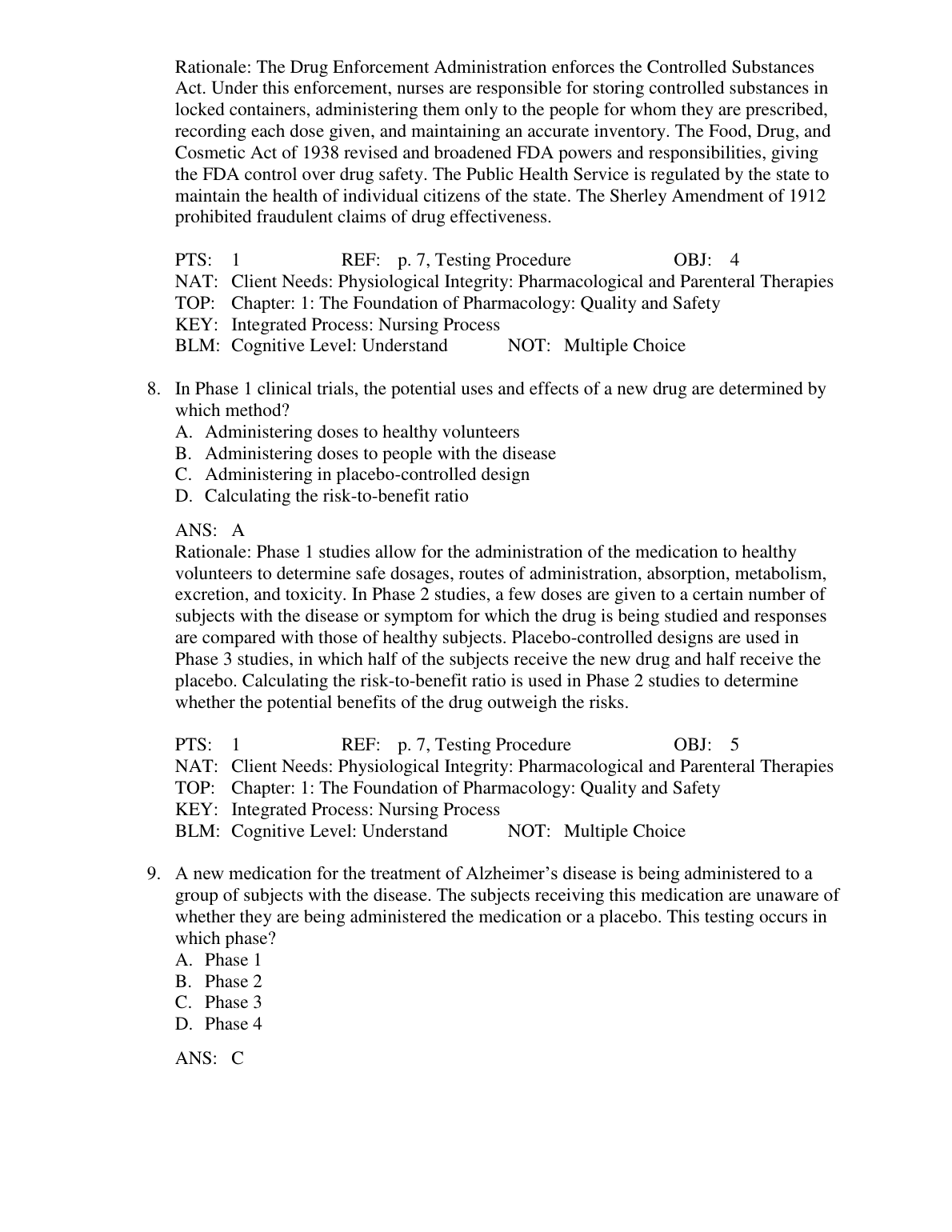 Cookies!
Cookies!

-
Categories
- ATI
- NR
- OCR GCSE Papers & ma...
- AQA papers mark sche...
- Relias Dysrhythmia
- OCR GCE A & AS LEVE...
- OCR GCSE Question Pa...
- Pearson Edexcel A an...
- EXAM
- Summary
- Study Notes
- QUESTION PAPER (QP)
- QUESTIONS & ANSWERS
- CASE STUDY
- Class Notes
- ESSAY
- Presentation
- Report
- Judgements
- Manual
- Summary
- STUDY GUIDE
- Thesis
- Visual
- Text Book Notes
- BUSINESS PLAN
- Syllabus
- LECTURE NOTES
- E-Book
- EXAM PROCTORED
- NCLEX-PN
- NCLEX-RN
- ORDER CUSTOM PAPER H...
- Dissertation
- Research Paper
- DISCUSSION POST
- Final Exam Review
- EXAM REVIEW
- SOAP NOTE
- iHuman
- SHADOW HEALTH
- TEST BANK
- MILESTONE
- HESI
- ATI MEDICAL SURGICAL
- QUESTIONS and ANSWER...
- SOPHIA PATHWAY
- MED-SURG EXAM
- HESI MED SURG
- UWorld
- Lab Experiment
- Lab Report
- Experiment
- NCLEX
- PATIENT ASSESSMENTS
- JOURNAL
- SOPHIA Milestone
- VSIM for NURSING FUN...
- PROJECT FINAL
- CAPSTONE SIMULATION
- VATI RN
- VATI PN
- Portfolio
- GIZMOS
- Solutions Guide
- SOLUTIONS MANUAL
- vSim For Nursing
- SWIFT RIVER
- MARK SCHEME
- Virtual Clinical Exp...
- AQA
- AQA Questions and Ma...
- Higher Education
- Edexcel
- INSTRUCTOR MANUALS
- ATI
- Advanced Trauma Life...
- GUIDELINES
- INTERVIEW
- Object-Oriented Prog...
- AS Mark Scheme
- A-Level Mark Scheme
- ANSWERS AND COMMENTA...
- GCSE MARK SCHEME
- GCSE QUESTION PAPER
- AQA Question Papers
- A/As Level Mark Sche...
- AS Level Mark Scheme
- RESOURCE BOOKLET
- Edexcel Question Pap...
- QUESTION PAPER & MAR...
- Test Prep
- LAB QUIZ
- Quiz
- PREDICTED PAPER
- IGCSE
- Examiners’ Report
- SPECIMEN INSERT
- INSERT CONTENT PAPER
- AQA A/As Level Quest...
- As Level Question Pa...
- Cambridge Internatio...
- Cambridge IGCSE QP
- Cambridge IGCSE MS
- BTEC Nationals
- Edexcel Mark Scheme
- A Level Question Pap...
- AS Level Question Pa...
- CHEAT SHEET
- Capism
- FISDAP
- AHIP
- Feedback Log
- Book Review
- FILM REVIEW
- POEM ANALYSIS
- SUMMARY
- PLAY ANALYSIS
- MOVIE ANALYSIS/REVIE...
- SAT
- LSAT
- MCAT
- TOEFL
- IELTS
- Textual Analysis
- Annotated Bibliograp...
- CODING SOLUTION
- Literature
- COURSE NOTES
- ASSIGNMENT
- PROJECT REPORT
- SOLUTIONS
- EXAM/TEST TEMPLATE
- TEMPLATE
- HOMEWORK
- WORKSHEET
- TEST PREP
- English Literature
- FINAL EXAM
- HESI A2
- APEA
- CAPSTONE
- SIMULATION
- PROGRAMMING
- HTML
- USMLE
- HARVARD CASE SOLUTIO...
- CASE SOLUTIONS
- Exam (elaborations)
- Answers
- Other
- Textbook notes
- Case
- TEST BANKS
- AMLS
- A Level & AS Level N...
- Exam Elaborations
- NRNP
- WGU C214
- Straighterline
- NBME
- NSG
- AQA 2023
- AQA GCSE QUESTION PA...
- Prophecy Pacu
- Prophecy Medical Sur...
- Prophecy RN
- TNCC
- WGU C215
- Texas All Line
- Rasmussen Pharmacolo...
- AQA Papers & Mark Sc...
- EMT BLOCK
- PAX
- EXCEL CRASH COURSE
- EMT FISDAP
- ATI Dosage Calculati...
- APEX
- TMC
- OCR GCSE
- Wonderlic
- VATI
- ANCC
- Smart Serve
- WGU C428
- AQA GCSE COMBINED SC...
- OCR PAPERS & MARK SC...
- NAPRx
- NUTRITION 101
- WGU C207
- USPS
- Support
- Cart {{ cart.length }}
- Account
 View example
View example

1. A woman diagnosed with obsessive–compulsive disorder has been prescribed oralparoxetine hydrochloride.
What is the expected effect for this prescription?
A. Curative effect on symptoms
B. Systemic effect on symptoms
C. Local effect on symptoms
D. Parenteral effect on symptoms
ANS: B
Rationale: Drugs that produce systemic effects are taken into the body, circulated through the
bloodstream to their sites of action in various body tissues, and eventuallyeliminated from the
body. Curative agents are given to cure a disease process. In this case, paroxetine hydrochloride
will control the symptoms but not cure the disorder.
Drugs with local effects, such as sunscreen and local anesthetics, act mainly at the site of application.
Paroxetine hydrochloride is not administered parenterally. Parenteral agents are administered
subcutaneously, intramuscularly, or intravenously.
PTS: 1 REF: p. 3, Introduction OBJ: 1
NAT: Client Needs: Physiological Integrity: Pharmacological and Parenteral Therapies
TOP: Chapter: 1: The Foundation of Pharmacology: Quality and Safety
KEY: Integrated Process: Nursing Process
BLM: Cognitive Level: Understand NOT: Multiple Choice
| Author | ProfoundTutor |
| Published | 16 Dec 2025 |
| Included files | |
Financial Reporting Financial Statement Analysis a...
2024 Financial Statement Analysis 11e Latest solut...
2024 Forensic Accounting 1e Robert Rufus Laura Mil...
Intermediate Accounting (Volume 1) 2024, 8th Canad...
Intermediate Accounting, 3e Elizabeth Gordon, Jana...
Hospitality Industry Financial Accounting 4e Raymo...
TEST BANK for Nuclear Systems Volume 1: Thermal Hy...
Lewis's Medical-Surgical Nursing, Mariann M. Hardi...
Nursing The Art and Science of Person-Centered Car...
Test Bank for Operations Management 11th Edition B...

 Cookies!
Cookies!










